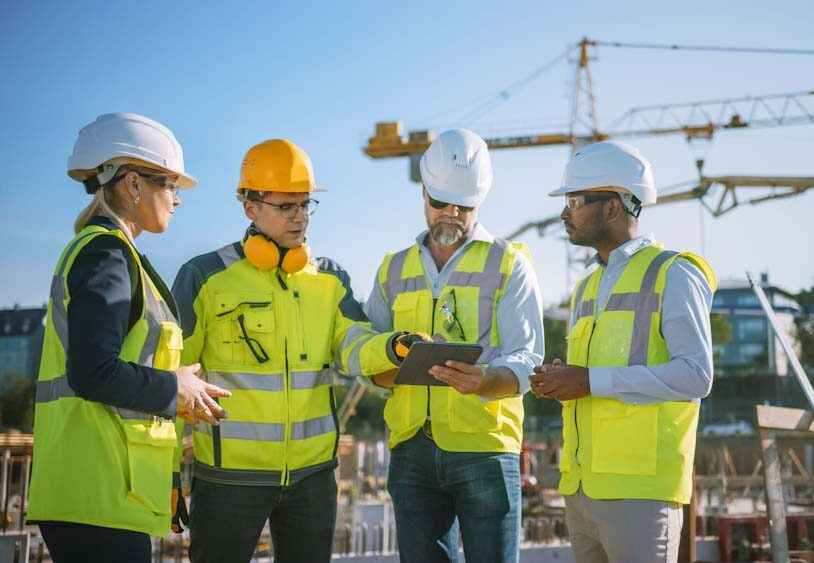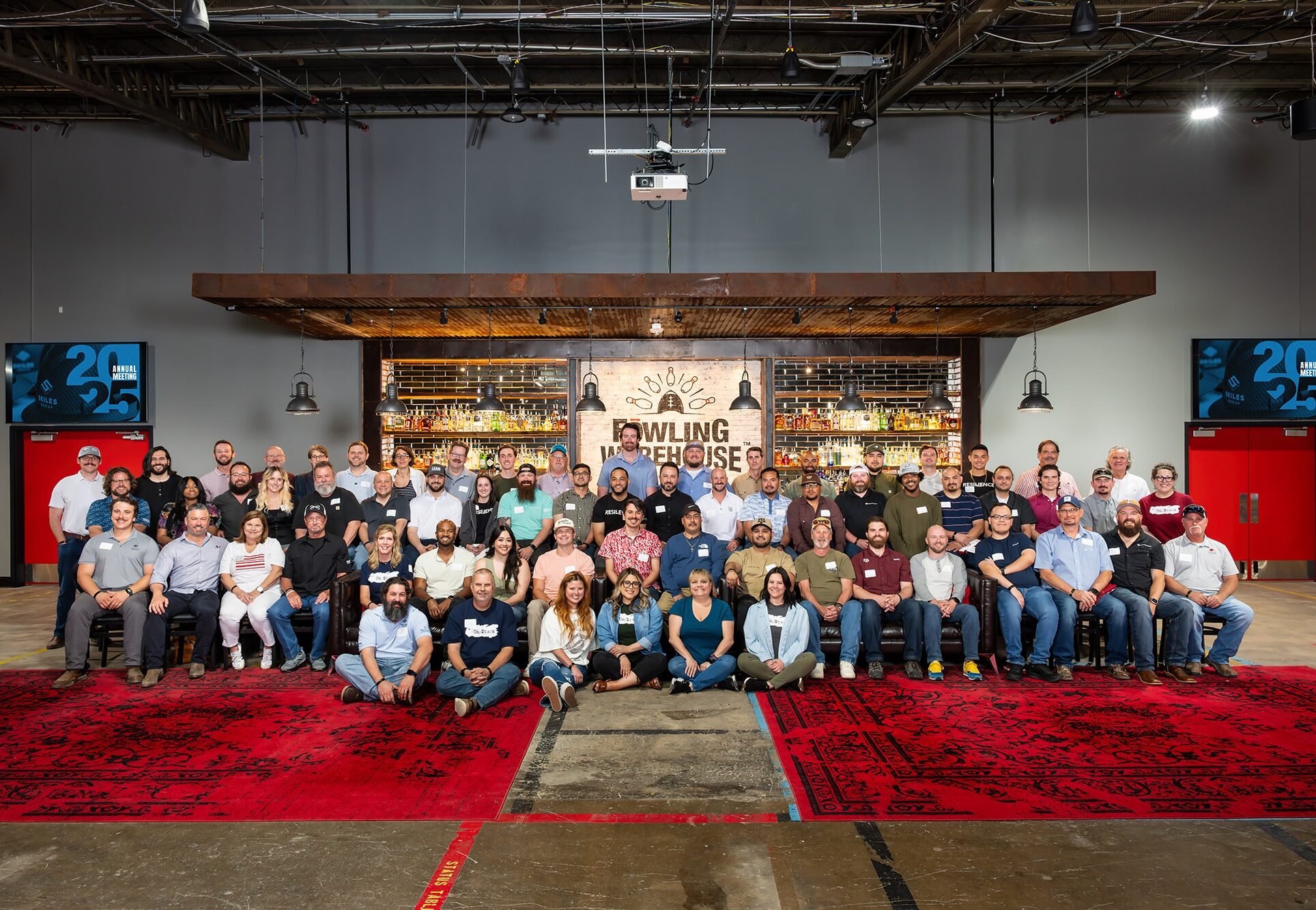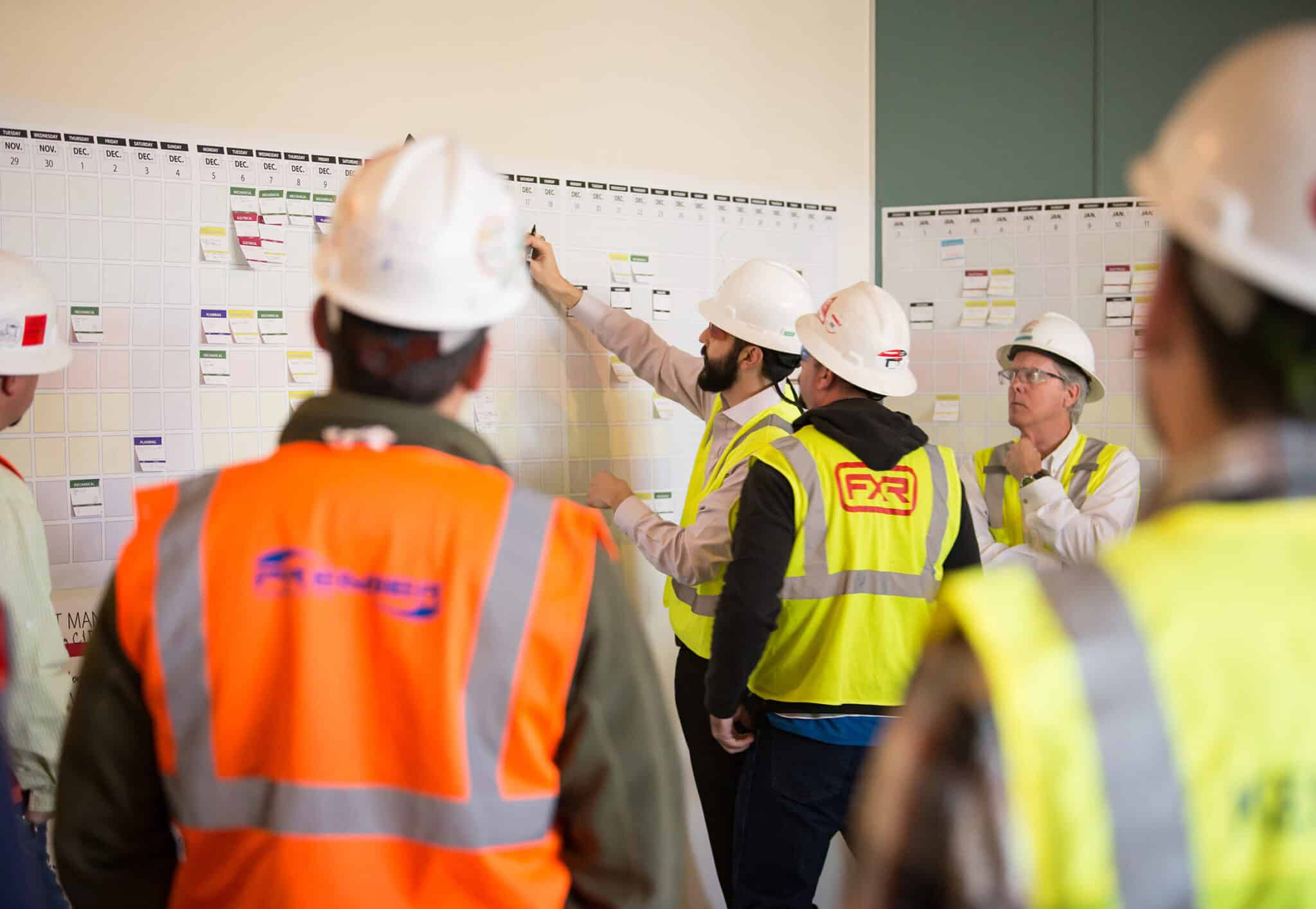Traditional construction practices pit trade partners against each other; adopting a collaborative team approach can enhance outcomes.
For years general contractors have (unintentionally) made it incredibly challenging for our trade partners to succeed on projects. Our contracts silo them, we set arbitrary deadlines, and we pit them against each other for territory and work. It’s like a battle royale where they’re all fighting for their own slice of the pie.
I’ve seen trades going head-to-head to get their stuff done first, whether it’s putting up ductwork, fire sprinkler piping, or running conduits, without even considering how it might affect other trades. I’ve even witnessed trades removing, wrecking, or covering up someone else’s work just because it was in their way. The construction project is a race for many builders; they want to get in and get out as quickly as possible.
But why do many run work this way? Why don’t we build teams in construction the way we do in sports? This means focusing the foremen on the project’s priorities and goals by building tighter bonds between them. If this is something you are open to trying, here are five tips:
- Learn more about each other. Personalize communication by taking the time to get to know your foremen, not calling them by their firm’s name. Help them get to know each other as well, perhaps by putting a picnic bench outside the trailer and suggesting they eat lunch together. This will enable them to learn more about each other in a relaxed setting. When people on a team feel friendly and familiar, working together onsite will be easier and more effective.
- Treat foremen with respect. Each person on a project offers a unique perspective and their expertise is important to the project’s success. The superintendent’s job is to make them believe their job matters. Allowing people to openly express their ideas can generate surprising, and impressive, results.
- Promote collaboration. Inevitably, there will be a time when project partners approach you separately about an issue that involves another trade. Rather than having one-off conversations with each, encourage the foremen to collaborate and develop potential solutions together. Collaboration not only empowers them to design the solution, but it also builds buy-in because it is something they created, not something imposed on them.
- Identify goals. Clearly and explicitly communicate a project’s small and significant milestones, and make it fun by putting up a scoreboard to track progress. Having a better and clearer overall understanding of project dates will enable the team to feel ownership of their commitments and meet upcoming milestones.
- Learn from your mistakes and celebrate your successes. Publicly recognize those who go above and beyond to ensure a project’s success, such as someone pulling a late shift or a trade producing notably high-quality work. Also make it a point to recognize when trades work especially well together. When the team fails, it is unfair to throw people under the bus. Rather, the mindset should be, “If one trade fails, we all fail.” Engage the team to discover where the failure happened and how a similar occurrence can be prevented from happening again.
This article was written for The Zweig Letter; you can read it here:
https://zweiggroup.com/blogs/news/communication-builds-stronger-teams




